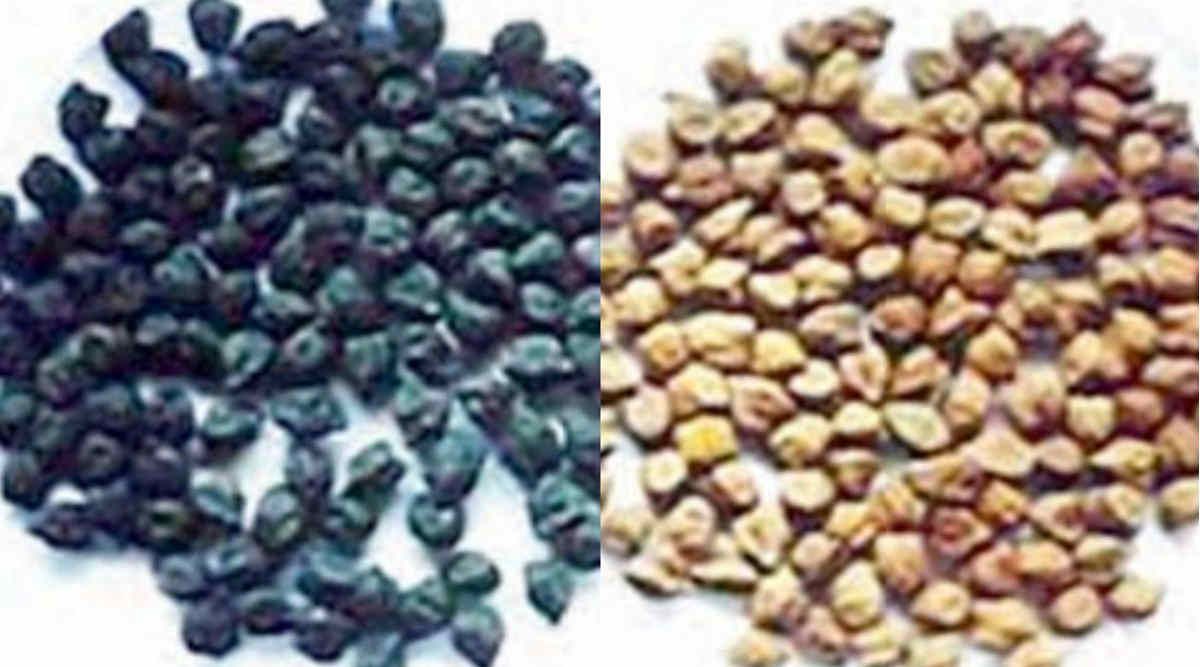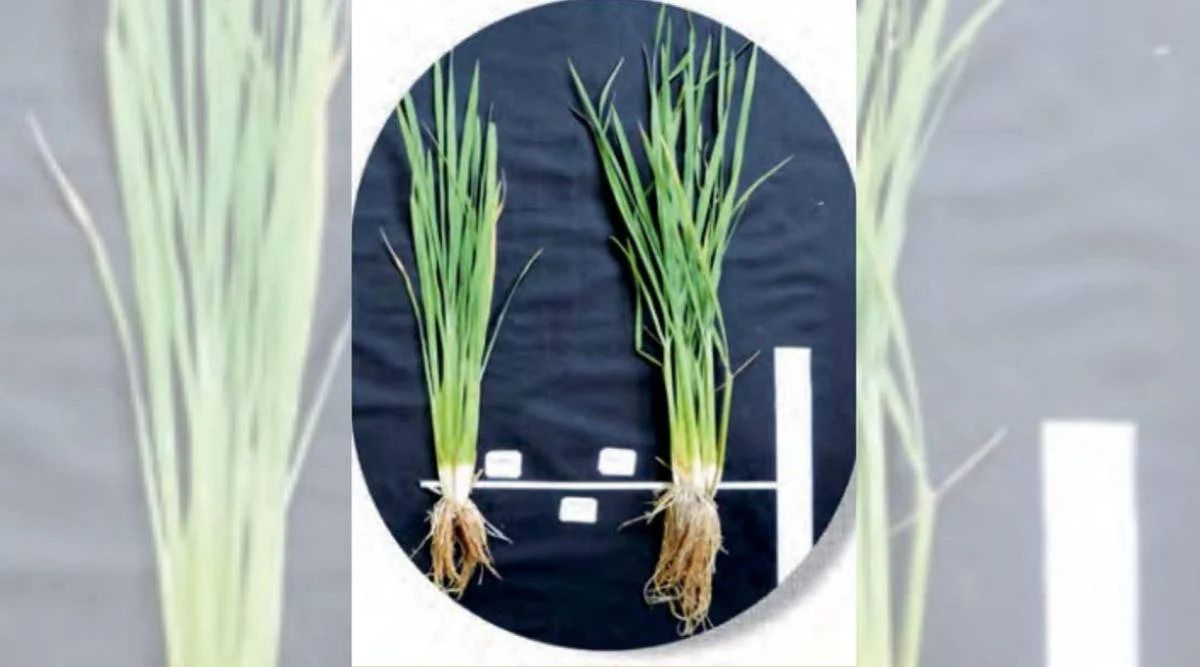Bio Priming: Organic Seed Vaccination method extremely useful in reducing the Cost of Cultivation and Increasing Profits?
Bio priming is more economical and is environment & soil friendly than chemical pesticides
Scientists have developed many vaccines to protect humans from many dangerous diseases. In the same way, vaccination techniques have been developed for the seeds of crops. The most prominent feature of this technique is that seed vaccination is an entirely organic and environment-friendly method. That is why it has been given the status of a new and advanced biological method of seed treatment. This process is also called seed inoculation or bio-priming.
These properties of seed vaccination become all the more important for Indian farmers because even today, most farmers in India sow untreated seeds and spend heavily on disease prevention and pest control. On the other hand, the use of chemical fertilizers in the field is also relatively less when the seed vaccination technique is adopted. In this way, on the whole, due to seed vaccination, where about 30 percent more yields are obtained, the profit of farming also increases considerably due to a reduction in production cost.
Increased prevalence of seed vaccination
Disease control is done by bio-lining or bio-lining the seeds to protect them with the help of agriculturally beneficial microorganisms under ‘Bio Priming.’ To protect various seeds from soil-borne diseases and germs, the technique of biological inoculation has increased a lot in the last few years and is becoming increasingly popular. That’s why efforts should be made to adapt it to the maximum number of farmers as soon as possible. So that the cost of their farming can be reduced and they can get more profit.
India is a tropical region. Due to this, there is more outbreak of diseases and pests. This causes a considerable loss in yield. That is why there is a need for wide publicity in the whole country to adopt the seed vaccination method. So that farmers can get better yield and more profit with less expenditure. Most of the farmers in India do not know the method of seed vaccination, or they do not use them.
However, everyone knows that sowing only improved seeds can yield a poor harvest. It is also essential for the seed to be healthy to produce healthy progeny. If the seeds get affected by pathogenic factors only after sowing, then the plants produced from it will be unhealthy, weak, vigorous, and harmful to the farmers. Almost all the nutrients are present in the seed. That’s why fungi and bacteria attack them and complete their life cycle.

Benefits of Seed Vaccination
- This is a cheap and simple method.
- Control of Seed borne diseases: Seed vaccination is very effective against most seed borne diseases of small grain crops, vegetables and cotton.
Improves Germination: Inoculation of seeds with suitable microorganisms increases the germination capacity of seeds. - Control of Soil borne diseases: Inoculation of seeds is done to protect seeds and young plants from fungi, bacteria and nematodes found in the soil. This keeps the seeds safe in the ground. After seed treatment, the microbial product forms a protective coating around the seed and keeps the seed free from disease agents.
Methodology of Seed Vaccination
Many diseases affecting crops are such that they spread through seeds. The main causative agents of these diseases are fungi and bacteria lying dormant in the seeds. Therefore, when these seeds are sown, along with their germination, pathogens also become active and affect the yield. The best way to prevent this is to prevent these diseases, it is very important to treat seeds with beneficial microorganisms before sowing.
The microorganisms with which the seeds are treated under seed inoculation protect the plants from biotic and abiotic stress, apart from soil borne diseases like root rot, wilt, drought, stem/collar rot, corn rot etc. In general, chemical seed treatment reduces the fertility of the soil and the number of beneficial microorganisms present in the soil. Organic seed vaccination gets rid of all such problems. This is the reason why seed vaccination is highly prevalent in multinational companies and agricultural institutions.
Seed vaccination gives more benefits in less cost
Seed priming, osmo-priming and matrix priming are used commercially for many horticultural crops. It is an easy, cheap and eco-friendly method to increase seed germination time and uniform plant growth and improve crop quality. That is why the technique of biological inoculation of seeds is being used as an alternative method for the prevention of soil borne pathogens.
Seed vaccination is environment friendly
Seed priming is also a very safe method from the ecological point of view of disease diagnosis using selected anti-fungal antagonists against plant pathogenic agents. If contamination of pathogens is present in the seeds being sown for any reason, the yield is adversely affected. Adopting the process of bio-priming gives expected benefits in disease control of plants. Therefore, bio-priming techniques prove to be highly beneficial as compared to seed treatment alone or seed treatment with fungicides and biocontrol agents.
Everyone knows that most of the world’s food crops are grown from seed. The seed has been considered the most important cost of cultivation. That’s why for its protection, the practice of insecticide chemicals has increased widely in the past decades. But in view of the dangerous effect of toxic chemicals of pesticides on the environment, soil and human health, biological methods are being promoted for the control of plant pathogens all over the world.
Adoption of seed inoculation techniques also helps the seeds to withstand conditions like salinity, drought and heavy metal stress. Research studies have found that seed vaccination results in better plant development, lower crop costs and higher yields with better quality.
Mechanism of action of various biological factors
Antibiotics: Biological agents produce a variety of antibiotics, which have a negative effect on disease agents. Important examples are harigenic acid, agrocin, bacillomycin, gliotoxin, etc.
Fungal Parasitism: It is a complex process. It involves rapid growth of the biological controller in the direction of the target organism. They attack the target organism and destroy its cell wall with their enzymes. By this mechanism Trichoderma controls various plant pathogenic factors like Rhizoctonia, Sclerotonia, Fusarium, Phytophthora, Pythium etc.
Antibiotic: Various types of antibiotics and metabolic substances are secreted by beneficial microorganisms. These substances are harmful to the pathogens and affect their growth and development.
Inactivation of pathogen enzymes: Bio-controllers produce certain substances, which help in destroying the cell wall of pathogens. For example, Trichoderma destroys the pectinolytic, cellulolytic and chitinolytic enzymes of pathogens.

Seed Vaccination Method
- Soak the seeds in water for 12 hours.
- Add microbial products (Trichoderma, Pseudomonas etc.) to the seed at the rate of 5-10 g per kg of seed.
- Mix well and keep the seeds in a shady area.
- Covering the mixed seeds with a jute gunny bag to maintain proper moisture.
- Keep the seeds at room temperature for 48 hours (about two days).
- The beneficial microorganism will start growing on the surface of the seed and will cover the entire surface of the seed in 1-2 days.
- Sow the seeds in the nursery.
| Protection of crops from various biotic and abiotic stresses by seed vaccination | |||
| S. No. | Biological Controller | Crop | Disease |
| Biotic Stress | |||
| 1. | Trichoderma Harzianum | Cowpea | Root Rot |
| 2. | Trichoderma, Pseudomonas Fluorescens | Pea | Root Rot |
| 3. | Pseudomonas Aeruginosa | Soybean | Wet Thawing |
| 4. | Bacillus Subtilis, Pseudomonas Fluorescens | Coconut | Leaf Rot |
| 5. | Pseudomonas Fluorescens | Bajra | Soft Palate |
| 6. | Trichoderma Harzianum, Pseudomonas Fluorescens | Dhan | Brown leaf disease, Seed rot |
| 7. | Pseudomonas Fluorescens | Sunflower | Scorching |
| 8. | Trichoderma Harzianum, Trichoderma Hematoma | Sesame | Charcoal Rot |
| Abiotic Stress | |||
| 9. | Rhizobium | Wheat, Sunflower | Dry |
| 10. | Pseudomonas Fluorescens | Pea | Dry |
| 11. | Arbuscular Mycorrhizae Fungi | Jowar | Salinity |
| 12. | Pseudomonas Putida | Cotton, Maize | Salinity |
| 13. | Trichoderma Harzianum, Trichoderma Atroviridi | Sunflower, Chickpea, Pea | Heavy metals (Mercury, Zinc, Cadmium) |
Also Read: IPM Technology help get rid of pests that harm the Coconut crop
Contact us – If farmers want to share any valuable information or experiences related to farming, they can connect with us via phone or whatsapp at 9599273766 or you can write to us at “[email protected]”. Through Kisan of India, we will convey your message to the people, because we believe that if the farmers are advanced then the country is happy.
You can connect with Kisan of India on Facebook, Twitter, and Whatsapp and Subscribe to our YouTube channel.



